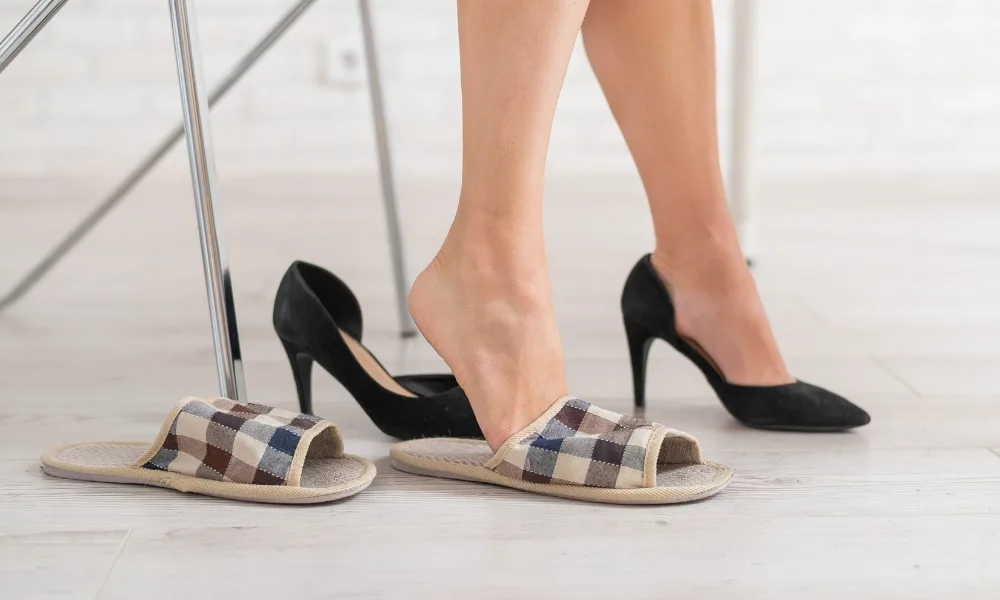
From the bustling streets of Tokyo to the serene temples of Thailand, the simple act of removing one’s shoes before entering a home or sacred space is a common thread woven through the diverse tapestry of global cultures. In fact, this tradition is so deeply ingrained in many societies that its origins stretch back to ancient times. In the Bible, God commanded Moses to remove his sandals before approaching the burning bush on Mount Sinai, a testament to the long-standing connection between bare feet and reverence for the divine.
This biblical account highlights the symbolic significance of shoe removal in religious contexts, where it often represents humility, purity, and respect for the sacred. However, the practice extends far beyond religious settings and encompasses a wide range of cultural practices and beliefs. Today, the practice of shoe removal continues to be observed for a multitude of reasons, from maintaining cleanliness and hygiene to showing respect for cultural traditions and social customs. In many parts of the world, the threshold of a home is considered a sacred boundary, and the removal of shoes is a gesture of respect for the space and its inhabitants.
In this article, we’ll take you on a fascinating journey through the world of shoe removal etiquette. We’ll uncover the surprising history behind this widespread practice, discover the unique customs of different cultures, and explore the practical and symbolic reasons why leaving your shoes at the door is a sign of respect in so many homes around the globe.
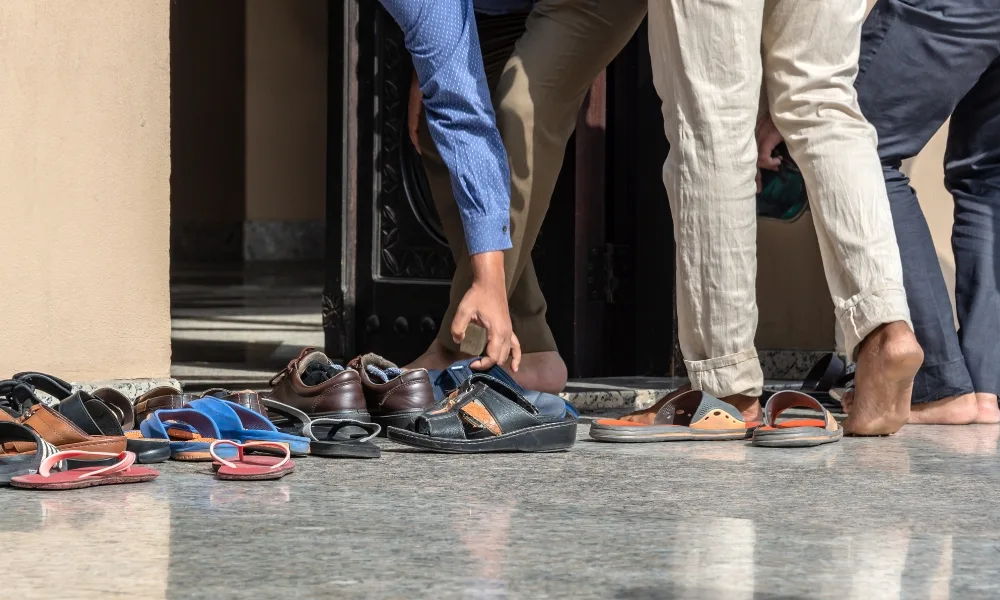 The Sacredness of Barefoot: Religious and Spiritual Significance
The Sacredness of Barefoot: Religious and Spiritual Significance
In many religious traditions around the world, barefootness is viewed as a sign of respect, humility, and purity in sacred spaces. The act of removing one’s shoes before entering a place of worship is a symbolic gesture that signifies a separation from the mundane world and a connection to the divine.
- Hinduism and Jainism: In these religions, removing shoes before entering a temple is customary. It signifies detachment from the material world and reverence for the divine. Feet are considered the lowest part of the body, and entering a temple barefoot is a way of showing humility and respect for the deities.
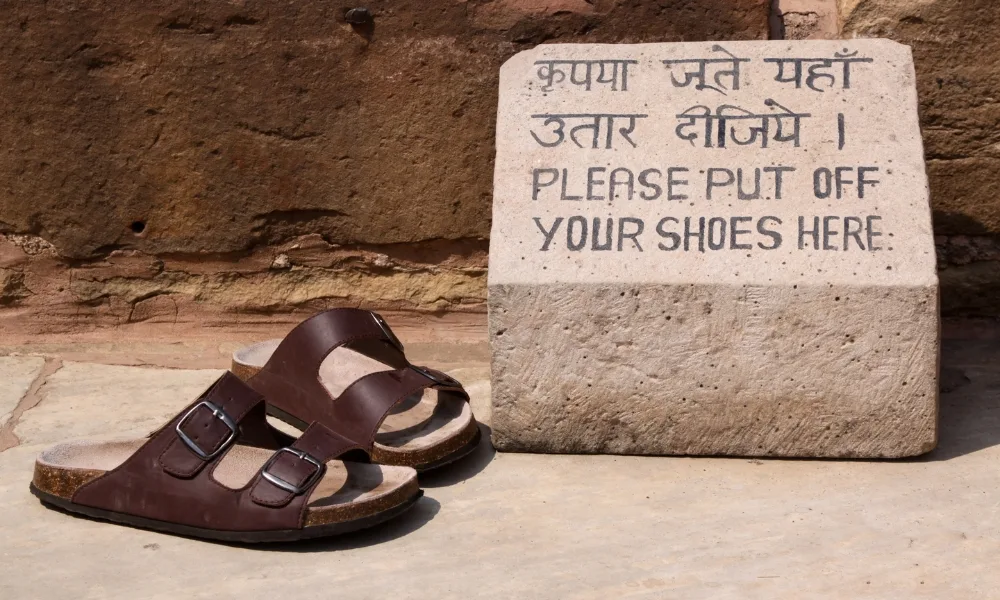
- Islam: Muslims take off their shoes before entering mosques for cleanliness and to prevent tracking in impurities. This practice aligns with the Islamic emphasis on purity and ritual ablution before prayer.
- Christianity: While not universally practiced, some Christian denominations encourage removing shoes before entering churches as a sign of respect. This is particularly common in Oriental Orthodox churches, where the biblical story of Moses and the burning bush is often cited as justification for this practice.
- Buddhism: In Buddhist cultures, shoes are seen as unclean and can carry impurities. Removing shoes before entering temples demonstrates respect for the Buddha and the dharma (the teachings of the Buddha). In countries like Thailand and Myanmar, it’s also customary to remove shoes before entering someone’s home, as a sign of respect.

- Shintoism: In Shinto shrines in Japan, removing shoes is a way to purify the body and prepare worshippers for communion with the kami (spirits). This is part of the broader Shinto emphasis on cleanliness and purity in religious practices.
By removing shoes, devotees symbolically shed the outside world and enter a sacred space with a clean body and mind. This simple act serves as a powerful reminder of the spiritual significance of the space and the importance of approaching it with humility and reverence.
Hygiene and Cleanliness: The Practical Aspect
While the spiritual significance of shoe removal is undeniable, practical concerns about hygiene and cleanliness also play a significant role in this widespread practice.
- Research-Backed: Scientific studies have shown that the soles of shoes can harbor an astonishing array of bacteria, including harmful pathogens like E. coli and C. diff. These microbes can be easily tracked into homes, posing a potential health risk, particularly for young children, the elderly, and those with compromised immune systems.
- Cultural Awareness: In many cultures, the streets are considered dirty and polluted, and bringing that dirt into the home is viewed as disrespectful and unsanitary. Shoe removal acts as a barrier, preventing the outside world from contaminating the clean space of the home.
- Weather and Climate: In regions with harsh weather conditions like snow, rain, or mud, shoe removal is a practical necessity to keep floors clean and dry. This is particularly prevalent in countries like Canada, where students are often required to change into indoor shoes at school during the winter months.
- Home Design: In some cultures, the design of homes encourages shoe removal. For example, Japanese homes often have a designated entryway called a genkan where shoes are removed and slippers are provided for indoor use. This helps to maintain the cleanliness of the living spaces and protect delicate flooring materials like tatami mats.
While the specific reasons for shoe removal may vary from culture to culture, the underlying concern for hygiene and cleanliness is a universal theme. By leaving their shoes at the door, people are not only showing respect for their hosts and the spaces they inhabit but also taking a proactive step to protect their health and well-being.
Cultural Etiquette: Hospitality and Respect
Shoe removal etiquette isn’t merely about hygiene; it’s often deeply intertwined with customs of hospitality and respect, varying widely across the globe.
Asia:
Japan: In Japan, the genkan (entryway) is a designated shoe-removal area. It’s considered rude to step beyond it with outdoor shoes. Hosts typically provide indoor slippers (uwabaki) for guests, and separate toilet slippers are often available for bathroom use.
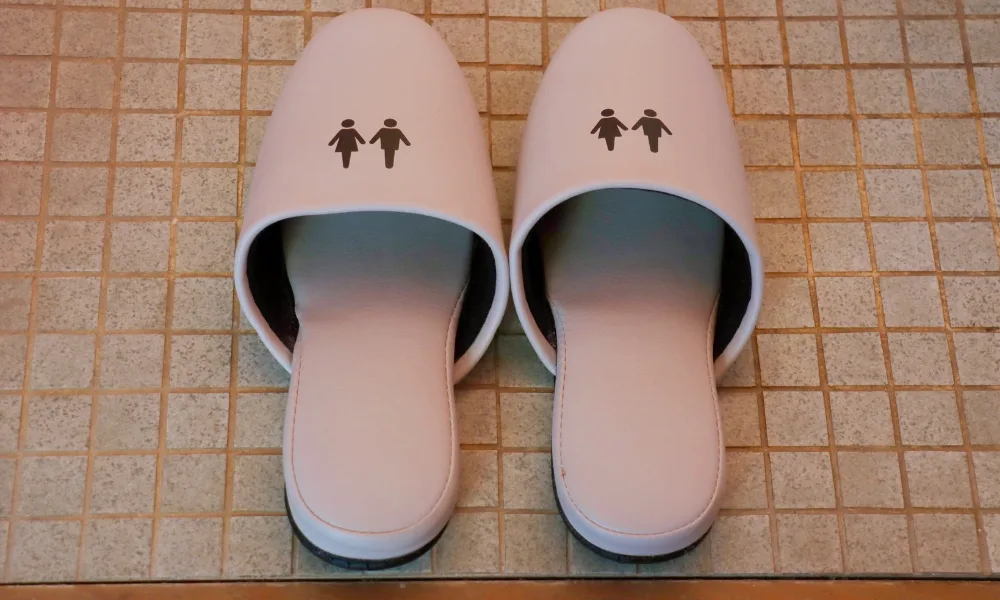 Korea: Similar to Japan, Koreans remove shoes at the entrance, often storing them in built-in shoe cabinets. Walking barefoot or in socks indoors is common.
Korea: Similar to Japan, Koreans remove shoes at the entrance, often storing them in built-in shoe cabinets. Walking barefoot or in socks indoors is common.
China: Customs vary by region, but offering slippers to guests is generally considered polite. However, in larger gatherings like Chinese New Year celebrations, enforcing shoe removal might be impractical.
India: Shoe removal is customary in homes and places of worship. Guests often leave their shoes outside the front door or in a designated area.
Europe:
Eastern Europe: Shoe removal is the norm, with hosts often providing slippers for guests. Some even bring their own slippers for visits.
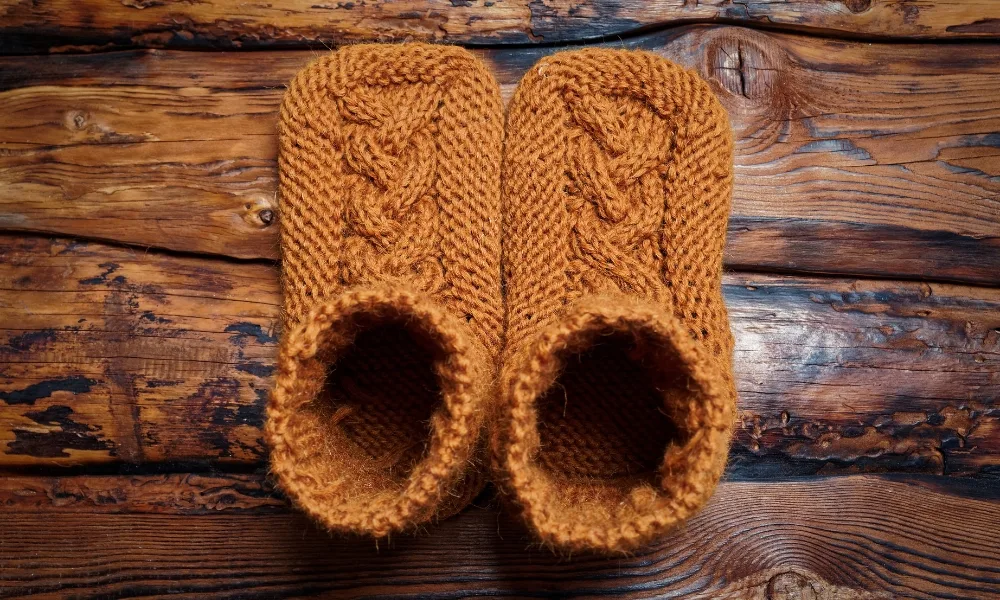 Northern Europe: While removing shoes indoors is common, slippers might not always be provided.
Northern Europe: While removing shoes indoors is common, slippers might not always be provided.
Southern Europe: Customs vary. Some households embrace slippers, while others don’t.
Other Regions:
North America: Shoe removal is less common in the United States and Canada, except in specific regions or during inclement weather. In Hawaii, Alaska, and some Native American communities, it’s customary to remove shoes indoors.
Latin America: Customs vary by country. In some places, slippers are worn for hygiene or comfort, while in others, shoes are kept on.
Understanding and respecting these cultural nuances is essential for fostering positive interactions and avoiding unintentional faux pas. Whether you’re a guest in someone’s home or a traveler exploring a new country, taking the time to learn about local customs demonstrates cultural sensitivity and appreciation.
For more information, visit wikipedia.com. Various Quora discussions also discuss shoe etiquette in multiple countries: What is the etiquette for guests in your home regarding shoes?; In China, do people remove their shoes when entering homes? If so, are there any exceptions to this rule?
Interesting Facts
The Shoe-Throwing Incident: In 2008, an Iraqi journalist famously threw his shoes at U.S. President George W. Bush during a press conference, highlighting the cultural significance of shoes as a symbol of disrespect in the Middle East.
Royal Sandals: Footwear in ancient Egypt varied by social class. Most Egyptians went barefoot on a daily basis, but sandals were worn for special occasions or to protect their feet in harsh environments. The wealthy wore sandals crafted from leather, while the common people used woven papyrus or palm for their footwear.
The World’s Most Expensive Slippers: A pair of ruby slippers worn by Judy Garland in “The Wizard of Oz” sold for $666,000 at auction, making them the most expensive slippers ever sold.
To sum up
The practice of shoe removal, while seemingly simple, is a window into the diverse customs and beliefs that shape our world. From the sacred spaces of ancient temples to the cozy living rooms of modern homes, taking off one’s shoes is a universal gesture that transcends cultural boundaries.
Whether motivated by religious reverence, concerns for hygiene, or traditions of hospitality, shoe removal etiquette is a reminder of the importance of respecting cultural differences and appreciating the unique ways in which people create and maintain a sense of home. So the next time you step across a threshold, take a moment to consider the rich history and symbolism behind this seemingly mundane act. You might just find that there’s more to it than meets the eye.
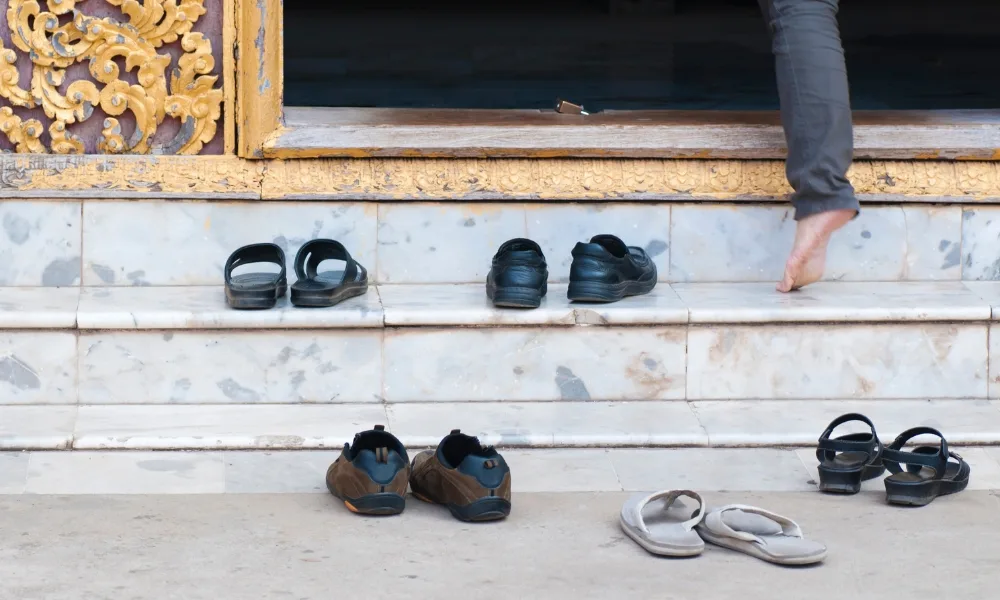 Also, don’t forget to check our slippers collection! 😜
Also, don’t forget to check our slippers collection! 😜







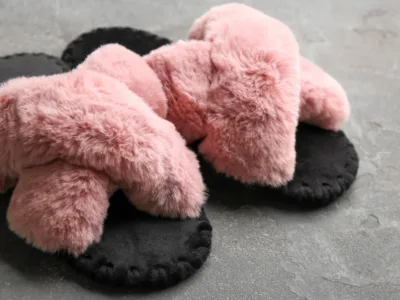

 Slippers, Sandals, Slides, Oh My! Untangling the Footwear
Slippers, Sandals, Slides, Oh My! Untangling the Footwear  A Guide to Funny Slippers: Where to Find and Why You Need Them
A Guide to Funny Slippers: Where to Find and Why You Need Them  How to Wash Slippers (and When to Replace Them): Your Complete Guide
How to Wash Slippers (and When to Replace Them): Your Complete Guide  Cozy Slippers & Serious Hygge: Find Joy in Simple Living
Cozy Slippers & Serious Hygge: Find Joy in Simple Living  Shoes Off, Slippers On: The Global Etiquette of Indoor Footwear
Shoes Off, Slippers On: The Global Etiquette of Indoor Footwear 
Recent Comments